Last Updated on August 5, 2021
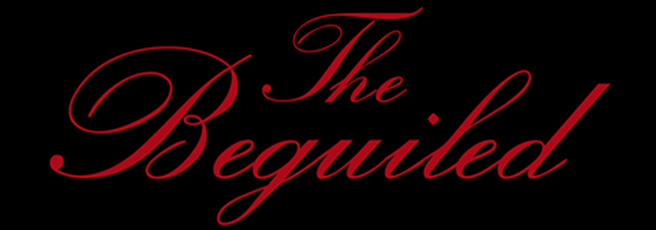
PLOT: A wounded Union soldier is taken in by a group of women in 1864 Virginia. After making himself at home and charming his hosts, the man finds that he’s overstayed his welcome.
REVIEW: When it comes to THE BEGUILED, I haven’t read the novel, nor seen the Clint Eastwood film, so maybe it’s worth noting that I went into Sofia Coppola’s new adaptation of the title fairly cold, save for a fleeting knowledge of what the plot involved: an injured man, a houseful of women, the Civil War raging on the outskirts, sexual tension and betrayal. Is it a horror film? A treatise on the darker side of gender politics? An allegory about the Civil War? All of the above?
Turns out, THE BEGUILED isn’t very easily definable, which is at once its most pleasurable aspects and what leaves it something of an ambiguous experience. I appreciate it more than I like it, and there are several things to recommend about it even though I don’t know if I’d fully recommend it. Surely it’s an acquired taste, and will gain favor among those who obtain deeper meaning in its studious examination of an arrogant man who toys with the wrong women. It is beautiful to behold, and features many fine performances, but I can’t shake the feeling that the final product doesn’t amount to very much. I felt engaged throughout and yet I left the theater with a shrug.
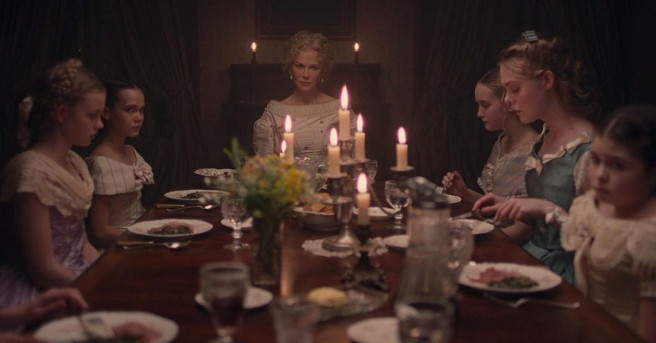
Three years into the Civil War, Virginia. Colin Farrell is ideally cast as John McBurney, a wounded Union soldier who has abandoned his company and been discovered by a young student at a mostly abandoned boarding school run by Miss Martha (Nicole Kidman, also well-cast). The school only has a handful of students (orphans, all) and one teacher, Edwina (Kirsten Dunst, excellent), and though the women in the sizable house range in ages, the arrival of McBurney has a lingering effect on all of them. The younger girls treat the man with giggling shyness, while the oldest of the students (Elle Fanning) eyes him with the flirtatious stare of a hormonal teen. Miss Martha herself is wary of the soldier, who is a polite and charming sort, but she too is clearly pulled in his direction, his masculinity (and potential wickedness) acting as a magnet for every female in the house. His charisma is inescapable, and soon enough they’re willing to let him convalesce there, even as Confederate soldiers who could take him off their hands frequently march past the grounds.
What follows is a seductive game of cat-and-mouse between McBurney and the women as a group, and figuring out who is the cat and who is the mouse is part of the movie’s appeal. As the ladies all treat McBurney with special attention, we can see how deviously he sets each of them up as the most special girl of the bunch. In modern times this wouldn’t fly at all and his ruse would likely be seen through, but because these women are restrained and gracious, of a different era and culture, it’s tantalizingly unclear for a time if there will be a breaking point. Well, there is, and it’s when it comes – in the third act – THE BEGUILED’s mood grows dark and considerably less effective. I found myself losing all interest in the piece just as the heat should have reached a boil; the journey was more fun than the destination.
For a while, the film exhibits a sly sense of humor that sometimes goes under the radar. Not campy, exactly, but flirting with it. Coppola is able to elicit chuckles from very simple things: gestures, glances, innuendo. The women in the film are so mannered and have been – up until the soldier’s arrival – so inhibited, that even raised eyebrows and withering smirks are in-your-face reactions for them. THE BEGUILED is at its best when it’s being darkly amusing, a clever blend of soap opera and Southern Gothic page-turner. Less involving is when it turns its sights toward the serious matter of retribution, using more standard suspense tropes.
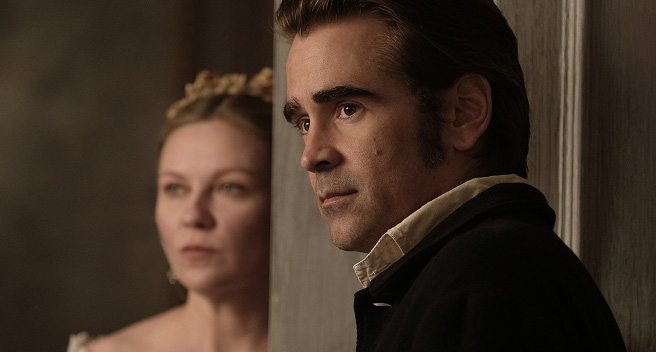
Just as it frequently leans into comedic territory, THE BEGUILED also utilizes several hallmarks of the horror genre (even though you can’t necessarily classify it as a horror film). The candlelit hallways, the thunder-like sound of cannons in the distance, the feelings of fear and tension lurking within each character; it’s like these people are ghosts in their own haunted house. Coppola bathes the film in an atmosphere of ominous portent, and it moves along at an unhurried pace. It’s all hushed conversations and meaningful stares, and even when it stirs to life as a thriller it remains quietly steady. This is no doubt meant to be a reflection of the women in the film, who have been assuredly proper and pleasant for so long, and even when their thoughts turn bleak they exude dependably congenial manners. There is also no doubt that Coppola has complete command of every nuance on screen, this is the movie she wanted to make. It is indeed gorgeous to look at, every frame is painting-like in the warmly lit gloom. (It was shot by Philippe Le Sourd in 35 mm.) Simply in terms of mood, THE BEGUILED is agreeably unsettling.
There is much to admire about THE BEGUILED, for sure, and yet I left feeling mostly ambivalent about it. It could be that Coppola’s restraint acts as a reins on the film, pulling it back when it should surge forward. The final moments left me cold, even as the resolution seems inevitable. I didn’t side with one party over the other, that wasn’t my issue; it’s that the film had withered during its conclusion when it should have been approaching its strongest chapter. I can picture myself watching it again, just in the name of soaking up its attractive visuals and solid performances, though it remains to be seen if I’ll ever consider the whole as commendable as its parts.









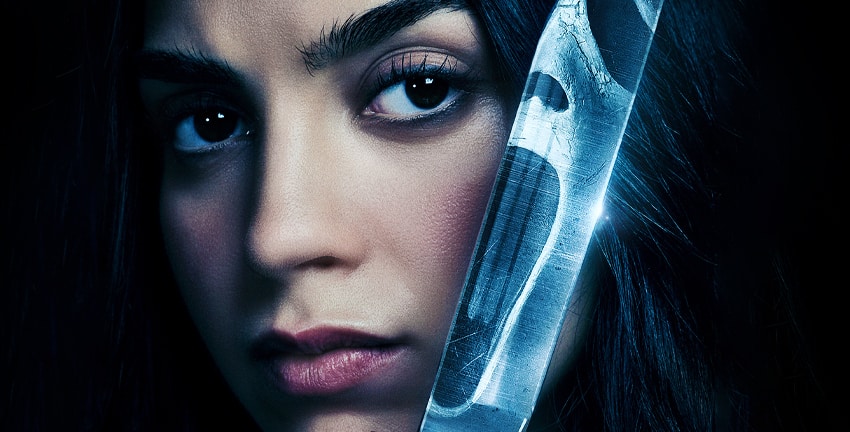





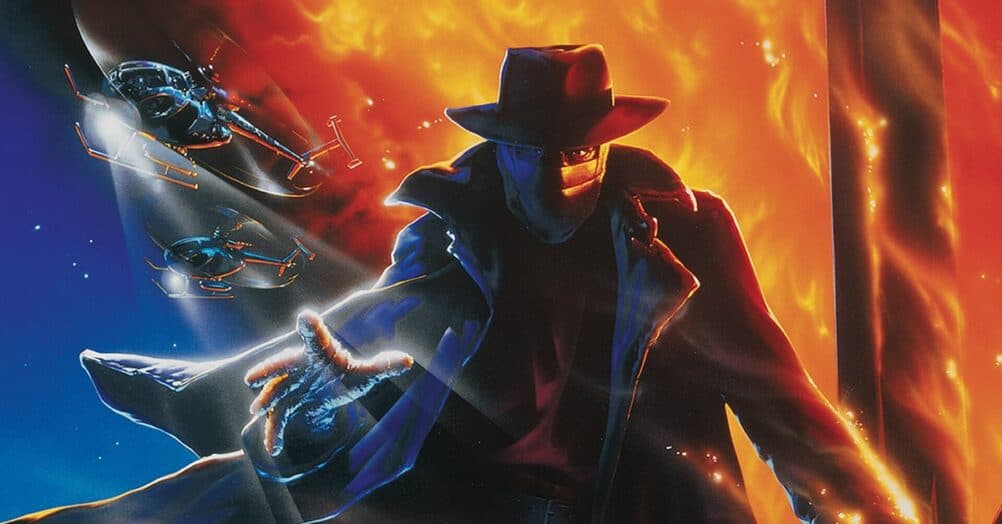
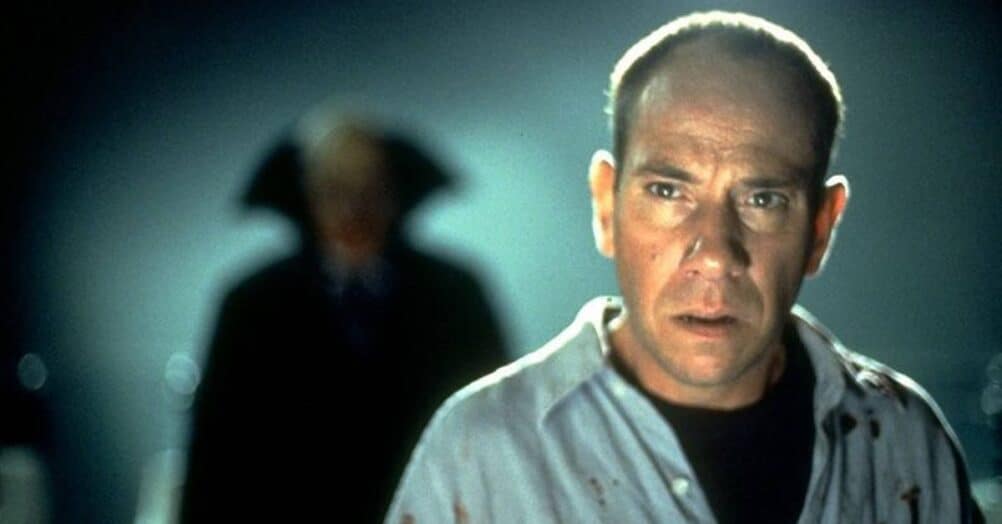

Follow the JOBLO MOVIE NETWORK
Follow us on YOUTUBE
Follow ARROW IN THE HEAD
Follow AITH on YOUTUBE